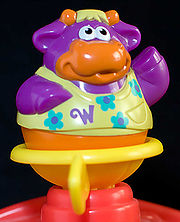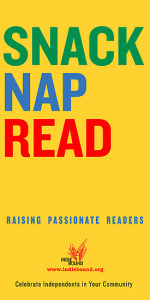Sometimes your story may get unbalanced in some areas, like a tire that’s gone out of alignment. Severe story wobble can kill the pacing and reading experience, so it pays to recognize the symptoms, and take remedial action to push your narrative back into shape.
When you’re doing any of the following in your writing, it’s likely that your story is getting off kilter:
- Over describing the actions of the main character.
- Over describing background information that you think the main character needs to know.
- Under describing (or losing track of altogether) the actions of secondary characters in a scene.
- Using repetitive sentence structure.
It’s easy to fix most cases of story wobble. Here are some remedies:
- Use only minimal actions to show the actions of the main character.
- When you have some background information that the main character needs to know, sprinkle it in, or create an SME (Subject Matter Expert) for your story.
- If it’s been a while since you’ve mentioned a secondary character in a scene, be sure to “establish” the character in the reader’s mind before giving him dialogue or action. Otherwise the reader won’t know who the re-introduced character is.
- Do search-and-destroy missions on repetitive sentence structure. It’s easy to fall into using the same sentence patterns repeatedly throughout a book, so make sure you change things up in every paragraph. This is also known as varying the sentence rhythm.
What are some of your story wobbles that you have to search for and destroy when you’re rewriting? Has there ever been one that has caused you embarrassment?









